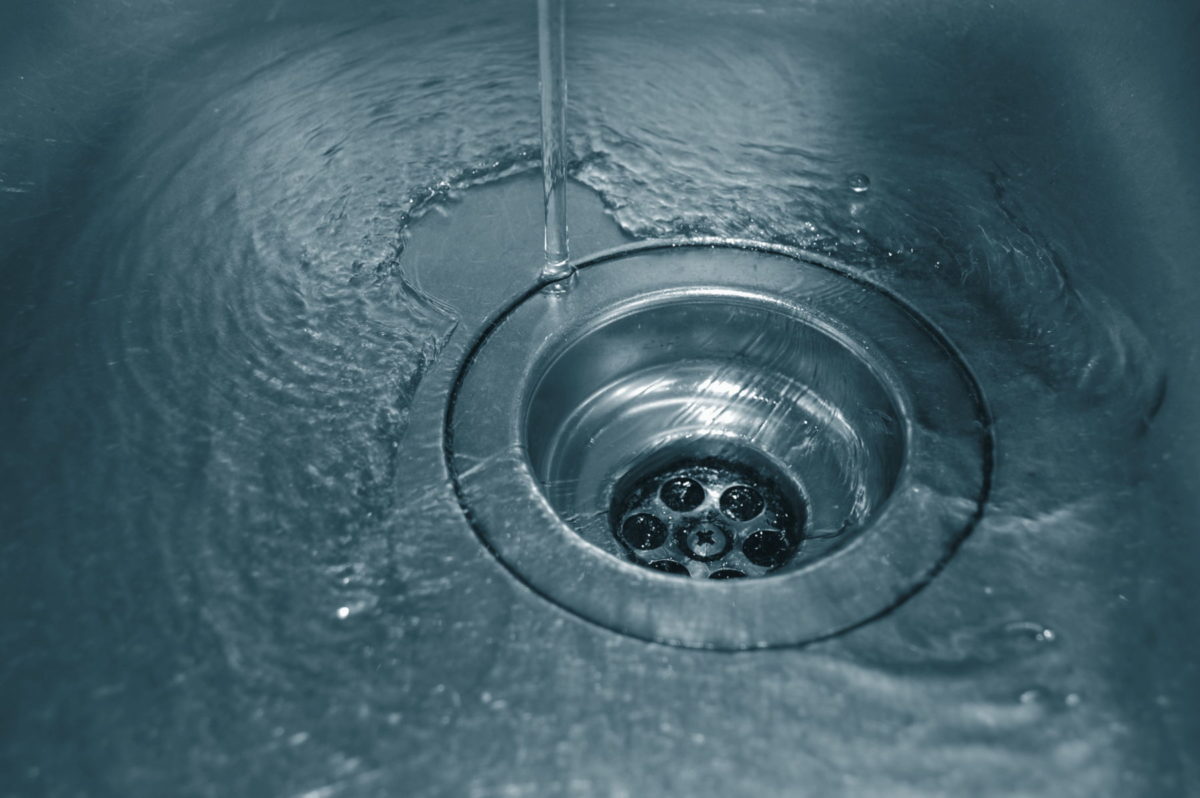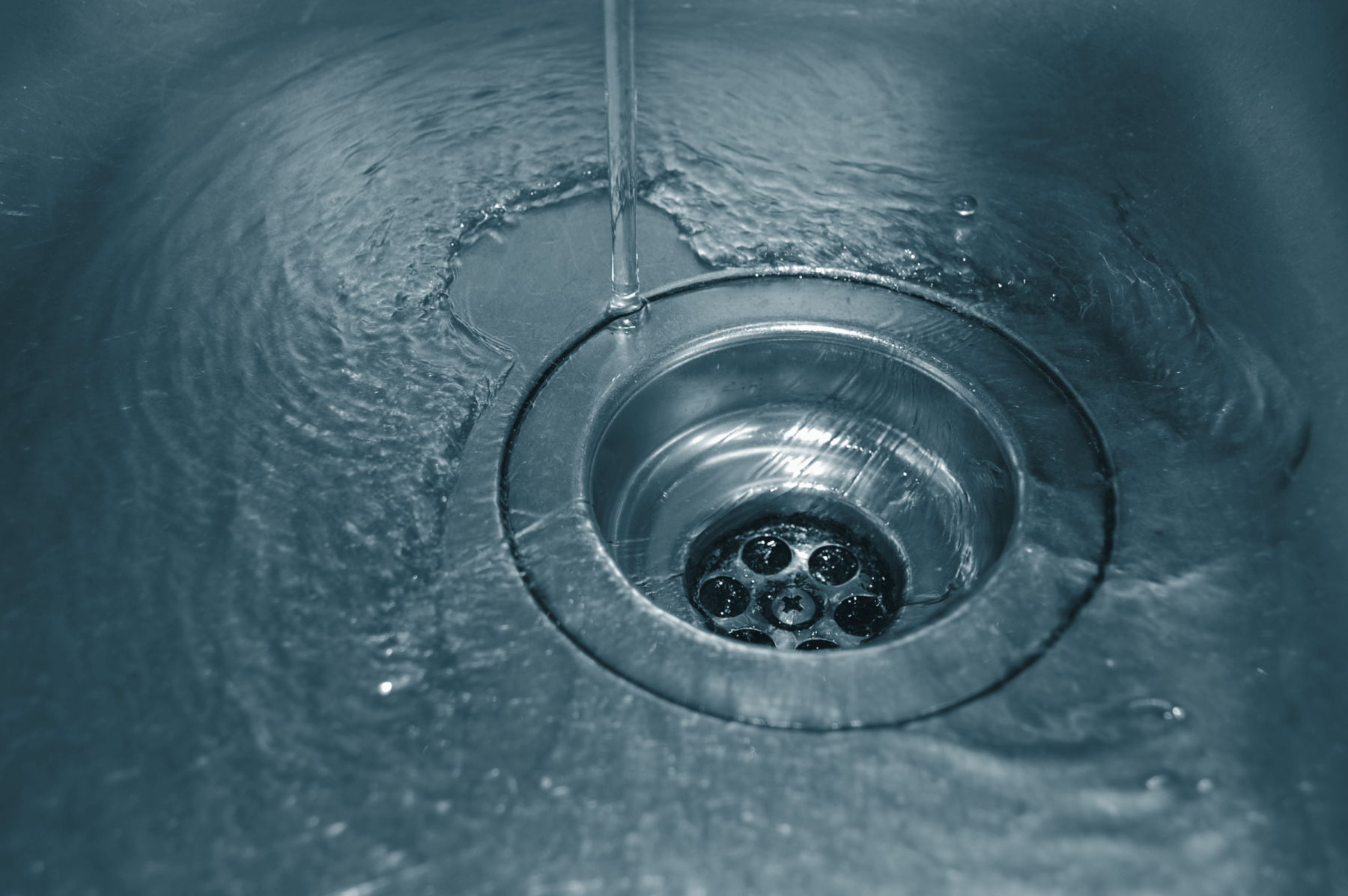
If you’re digging through sweatshirts and turtlenecks to reach your tank tops and shorts, it’s time for a closet makeover.
It’s like eating an elephant
The job is much easier, especially for those of us who tend to procrastinate, by taking one bite at a time. Schedule an hour every week to put a dent in the mess that you call a closet and, before you know it, the job will be done and getting ready to go somewhere may end up taking half as long.
You’ll need a clean slate
The first step to a truly made-over closet is to clean it out, completely. Pile the clothes on the bed and find a spot on the dresser or floor for the shoes, scarves, ties and other accessories. You are now presented with a clean slate, akin to Aristotle’s tablet “ . . .on which nothing has been written.”
Assess the space
How’s the paint looking? If you find yourself squinting to ensure that those slacks are really black and not navy blue, not only should you consider new lighting, but a fresh coat of light-colored paint as well.
Make that paint glossy and you’ll feel like you hit the exacta; the highly-reflective sheen offers better visibility in the confines of a closet. Consumer Reports offers a list of its top-rated paints on its website.
Next, decide what goes where and make a list of needed items, such as additional shelving, boxes, bins, hanging shoe racks or furniture (if space permits) and lighting.
Speaking of lighting, you don’t need to be an electrician to change out the lights in your closet. LED options include battery-powered lights in a variety of shapes and styles and are a snap to install. Some even include motion sensors. Get lighting ideas online at decoist.com, bobvilla.com (check out the brilliant LED-lit closet rod!) and Pinterest.
Sort and purge
Remember all the stuff you removed from the closet? Now it’s time to sort. You’ll need to make several piles – items you’ll put back in the closet, items to put somewhere else and items to throw away or donate.
The second category includes all those weird things that end up in the closet, such as borrowed clothing (time to return it), shoeboxes stuffed with receipts, bills and other paperwork, electronics (fax machine or printer, for instance) and sports equipment, such as your tennis racket.
The third pile should include anything that doesn’t fit. Yes, that weight-loss diet is a worthy goal, but if you’ve tried it before and are still hanging on to the size 6 jeans in hopes they will someday fit, consider moving the jeans to the “donate” pile.
Those items with missing buttons, broken zippers and holes in the seams? How long have you hung on to them, promising to have them repaired? You’ve managed to live this long without them, so consider tossing them in the trash or donate pile.
Fill it back up
Now you’ll get to use all the nifty organizing equipment you purchased. Designate a place for everything and return those items to their place in the closet.
This means that shoes go on the shelves, rack or hanging bag you purchased, scarves go in the bins or baskets and nothing – absolutely nothing – ends up on the floor. This is especially important if you’re organizing the closet in preparation for a home sale.
Organizing experts offer several ideas on where to place your clothing within the closet. Some say to put those items you wear most often front and center. Others recommend hanging like-items together, for instance, group all of your shirts in one spot, pants in another. Others suggest grouping your clothes by color.
Need ideas? Visit hgtv.com, instyle.com and pinterest.com.


















